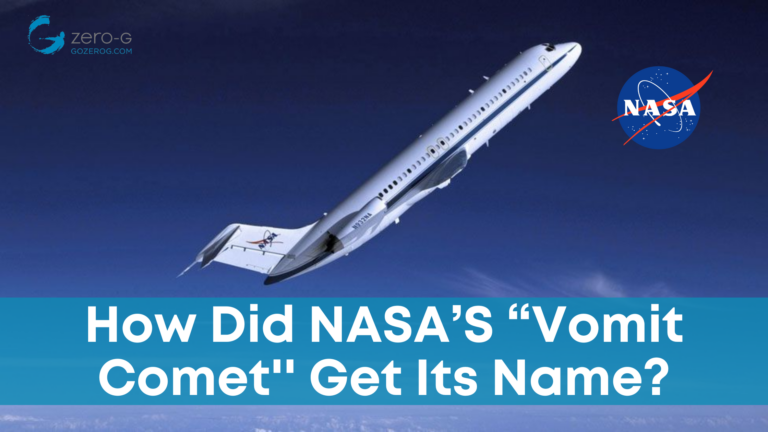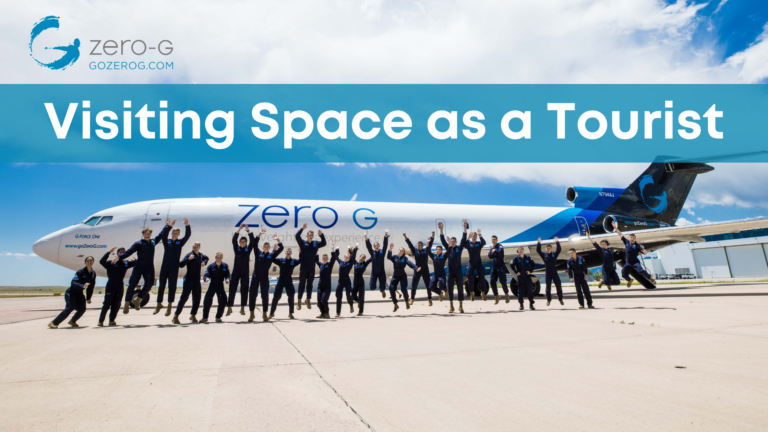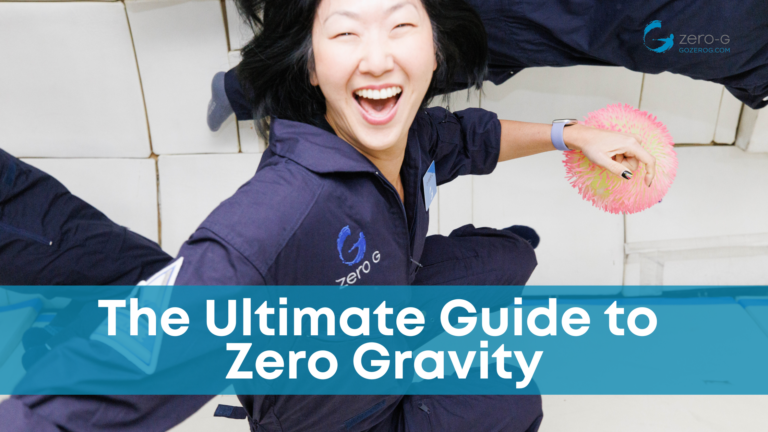February 27, 2023
The Future of Space Travel Compared to Air Travel
4 min read
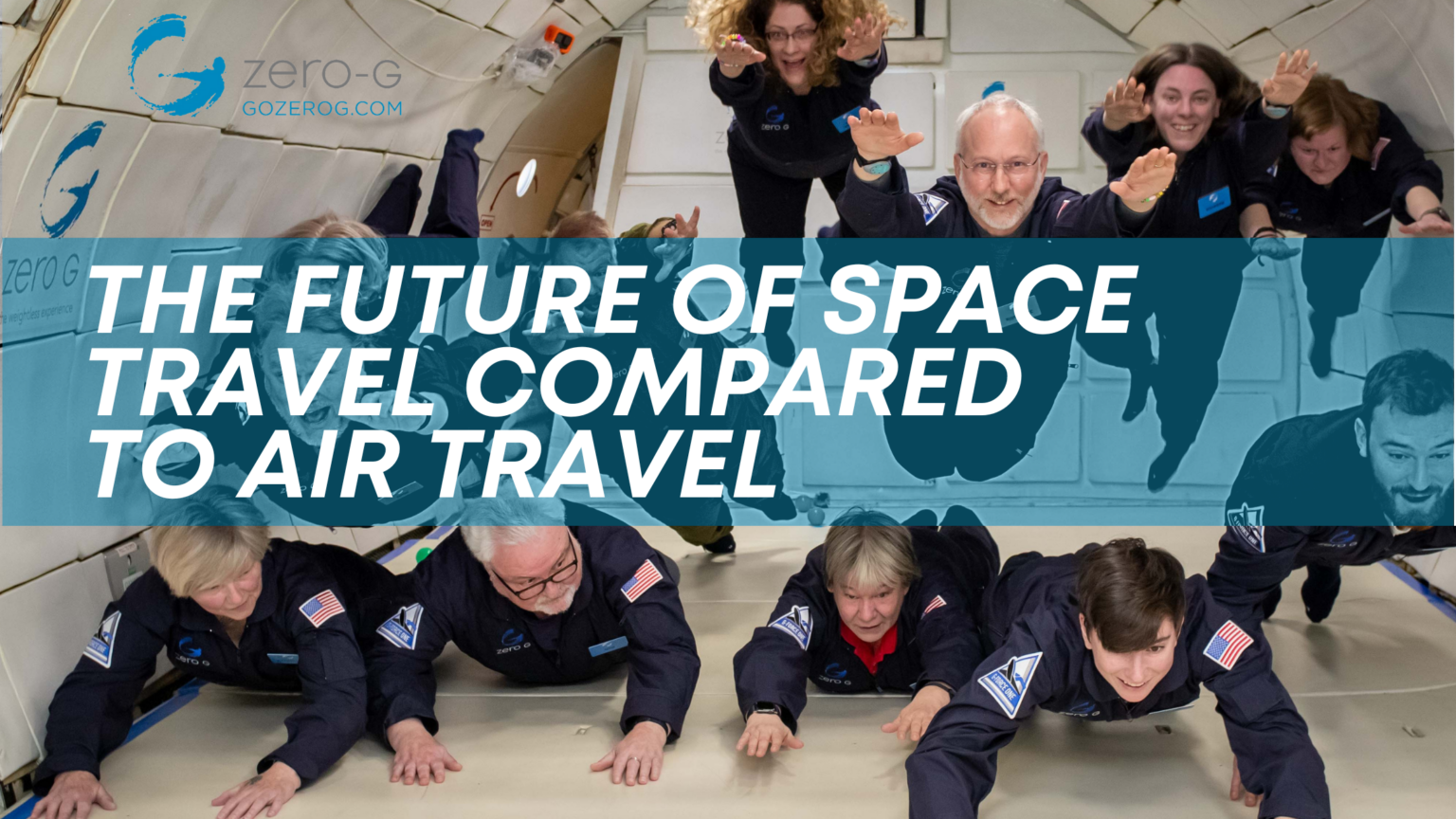
In the 1950s, air travel was a luxury only available to the ultra-rich, with most flights costing more than a month worth of salary. This all changed in the 1970s with the introduction of wide-bodied airliners like the Boeing 747, which allowed for more seats and lower prices.
It only took fifty years after the introduction of the Boeing 747 for air travel to become a norm for long-distance, with over 33.8 million commercial flights in 2022 alone.
Further, the next frontier for aviation and rocketry is slowly emerging, as commercial space travel and zero-gravity trips are entering the travel market.
These activities are currently in a similar market to air travel in the 1950s, but will they one day become the norm?
In this article, we’ll look at the similarities between air travel and space travel, including the takeoff and landing experience, how it will feel on-board, parabolic flights, and whether or not space travel will become as affordable as commercial flights.
Takeoff And Landing
To create a zero gravity experience, companies like Zero-G use a modified Boeing 727. During takeoff, you’ll sit in a standard plane seat similar to current commercial airlines, with more seat space and legroom than normal airplanes.
After a routine safety check, the plane will make its way to the runway, preparing for takeoff. As the plane speeds up to takeoff, you’ll feel a slight force backward in your chair, similar to commercial flights. As the plane ascends, you’ll experience small turbulence and may feel butterflies in your stomach as it changes angle.
After reaching the designated airspace, pilots will then gradually increase the aircraft’s angle to around 45° until they reach an altitude of 32,000 feet. This is when the parabolic maneuver will begin (which is covered in detail below.)
After completing three to five parabola sets, the plane will begin to descend. You’ll be returned to your seating area, and the experience will feel very similar to the landing of a commercial airliner. You may experience some turbulence, followed by a smooth landing as your plane connects with the ground.
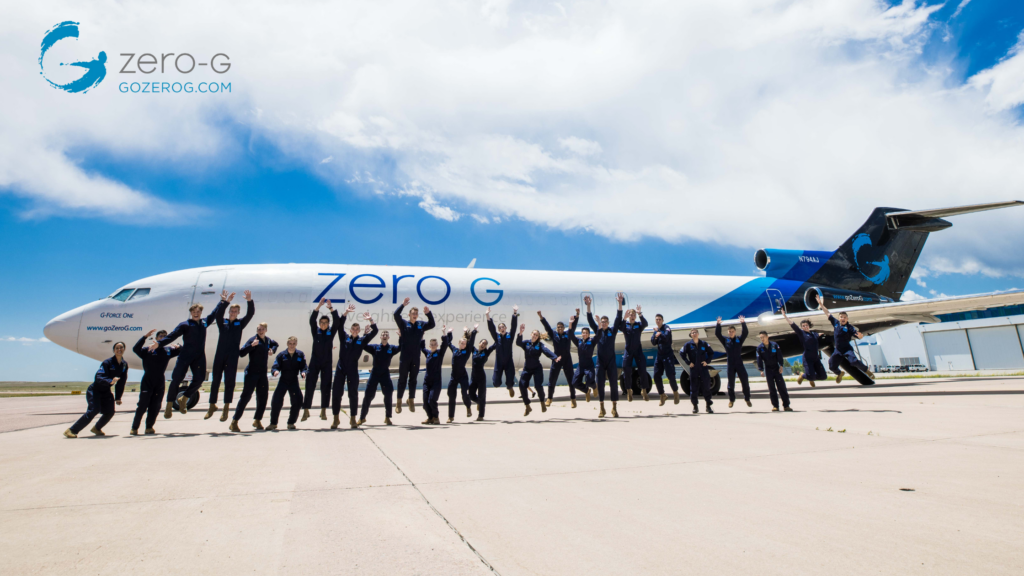
On-Board Experience
Unlike commercial flights, zero gravity flights are a great opportunity to complete research on the impact of zero gravity on people or equipment, capture that perfect picture, or have fun with tricks like flips and superman poses.
All of these activities will be completed in the floating zone, which is extremely spacious for all guests to complete any stunt, trick, or other activity they wish.
Similar to commercial flights, you’ll be kept safe by a security team throughout your zero gravity trip. Additionally, you’ll have a flight coach helping you throughout your journey.
Contrary to popular belief, you don’t need to make big movements or strong pushes on the aircraft to move. Slow and steady will do the job. This is slightly different from ordinary flights as your body won’t feel the same. You’ll fly up each time you push off the ground, making walking a little tricky (unless you want to moonwalk.)
Parabolic Flights
Parabolic flights create zero gravity environments using upwards and downward arcs.
Up to 24,000 feet, this will feel like an ordinary flight experience with a gradual ascent. Once at 24,000 feet, the pilot will begin stage 1 of the parabolic flight: the parabola pull-up. Your pilot will increase the aircraft’s angle to 45°until it reaches 32,000 feet. During this phase, you’ll experience what’s known as hypergravity – which will feel like you’re being pushed back in your seat.
The second phase is the parabola- when the pilot reduces the aircraft’s speed to push over the top of the parabolic arc. This is when zero gravity will commence. For 20 to 30 seconds, everything within the plane is completely weightless. You’ll begin to float in the air, and any object you’re not holding on to will float with you.
The final phase is known as the parabola pullout. The pilot will gently pull out of the maneuver, tilting the plane at an angle of 42°, during which you’ll gradually fall back to the floor.
Parabolic flights are used for much more than just weightless environments. They can be used to recreate a range of gravity levels from 0 to 1g, including lunar gravity (0.16g) and Martian gravity (0.38g.) To create a level of weightlessness similar to space, a parabolic maneuver is repeated between 15 to 30 times depending on the flight’s purpose.
Final Thoughts: Will Space Travel Ever Be As Accessible As Domestic Air Travel?
With businesses like Zero-G looking to introduce zero gravity trips to a commercial market, many people ask whether space travel will become as affordable as domestic air travel. While commercial air travel has become more affordable, creating a market for commercial space travel is difficult.
That being said, space travel is still in its infancy. In just fifty years, commercial planes have become significantly more efficient with aerodynamic wings and an increase in fuel burn efficiency by 41%.
The market may become more affordable if similar advancements are made for commercial space travel, which would help make recreational space-related activities more accessible.

